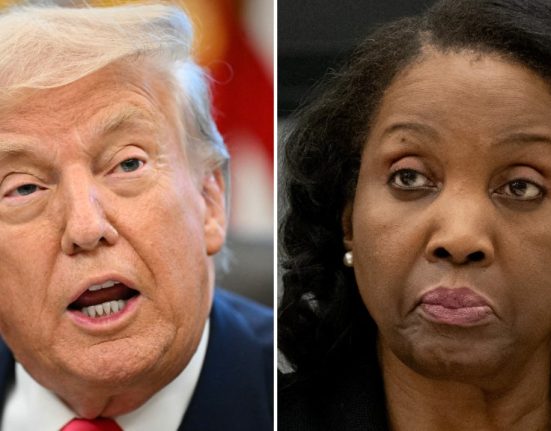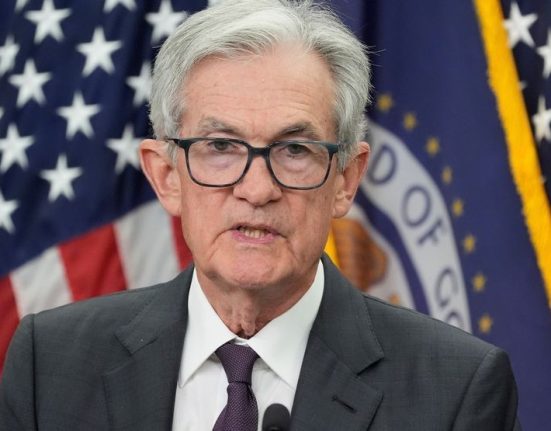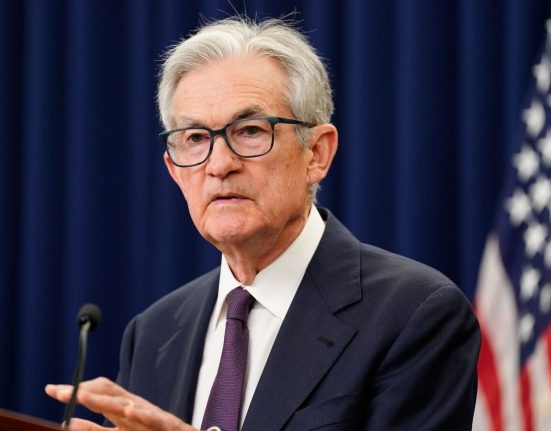Markets hate volatility. Since President Donald Trump regained power, the country has seen a ton of it.
Commercial real estate finance professionals holding out hope for a semblance of stability to push the Federal Reserve to lower interest rates could be disappointed as tariffs make a near-term rate drop less and less likely, CRE Finance Council President and CEO Lisa Pendergast said.
What’s more, conditions could pitch the country into stagflation — a troubling combination of high inflation, slow economic growth and elevated unemployment.

Tariffs are inflationary, meaning the Federal Reserve is not seeing inflation slow enough to reduce interest rates. Yet tariff policies continue to push up prices and deter consumers from spending money, stalling the economy and making stagflation more of a risk than it was eight weeks ago, Pendergast said.
“That kind of inflation can have a real impact on spending and clearly, can lead to a further downturn in the economy,” Pendergast said. “To me, that’s the worst of all worlds in many ways, especially in the mortgage market.”
The CRE Finance Council saw its sentiment index fall 30.5% during the first quarter, the largest quarter-to-quarter drop in the index ever outside of the onset of the coronavirus pandemic. The majority of respondents, 59%, listed geopolitical tension and trade disputes as the most significant risk to commercial real estate markets through the end of the year.
Those responses were largely collected in the days immediately before and after Trump’s tariff “Liberation Day,” Pendergast said. The Trump administration has since deescalated some of the most extreme levies, lowering 145% duties on Chinese imports to 30% as of May 12, for instance.
CREFC expects the trade deals will shift the sentiment index up slightly during the second quarter survey.
But that will happen more gradually than the speed at which it shifted negative, Pendergast said. And new tariffs remain a distinct possibility, with Trump threatening 25% tariffs on foreign-made iPhones as recently as Friday.
“The impact of the tariffs and the uncertainty that those tariffs bring is probably, to me, one of the biggest concerns anybody doing any kind of lending or investing needs to worry about, day in and day out,” she said.
The Federal Reserve held the benchmark federal funds rate between 4.25% and 4.5% at its meeting this month, with Fed Chair Jerome Powell saying inconsistent tariff policies make the guidance on setting interest rates “not at all clear.”
“The opportunity for a near-term sort of rate stability is very much clouded by what’s going on in D.C. these days,” Pendergast said.
High interest rates make it hard to provide new financing and especially difficult to refinance assets. CREFC would welcome any kind of reduction, and up to three 25 basis point reductions are still expected this year if policies stabilize and the consumer price index comes down, Pendergast said.
That’s a big if.
About 85% of survey respondents expected transaction activity to increase at the end of 2024.
By the end of Q1, enthusiasm had waned, although most respondents still expect investor demand to continue fueling transaction activity this year despite depressed sentiment. Only 20% expect transaction activity to drop, while 45% expect it to remain the same and 35% expect it to increase.
Numerous factors continue driving transaction activity, Pendergast said, including investors taking advantage of distressed assets at a low price point, lenders extending office loans and an increasing amount of office-to-resi conversions.
“In this environment, a lot of markets, but certainly commercial real estate and lending on commercial real estate, have behaved in a much more sanguine way, and have approached this in a more constructive way than we have in the past,” she said. “There is certainly a lot more going on from an asset perspective that is better than what we expected.”
But sentiment still hangs largely on interest rates, and those are contingent upon tariffs and inflation.
As Trump continues to negotiate with more countries, conditions could improve and inflation could decrease, Pendergast said. Still, it’s likely that volatility and uncertainty will “keep the Fed at bay” longer than the CRE industry would prefer.
Tariffs are “like the boogeyman out there, that doesn’t go away until it does,” Pendergast said. “At the end of the day, this is an issue of rates. Cap rates, mortgage rates, benchmark rates. When those things start to shift, that’s going to be your signal [things are improving].”







